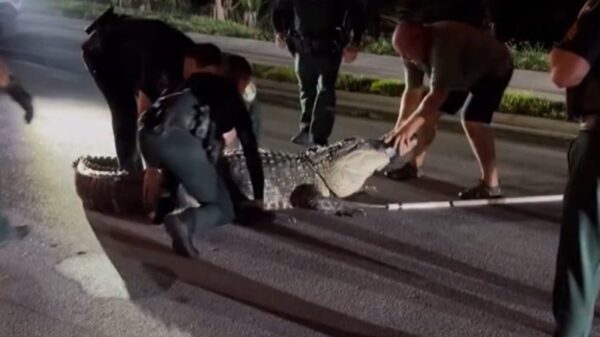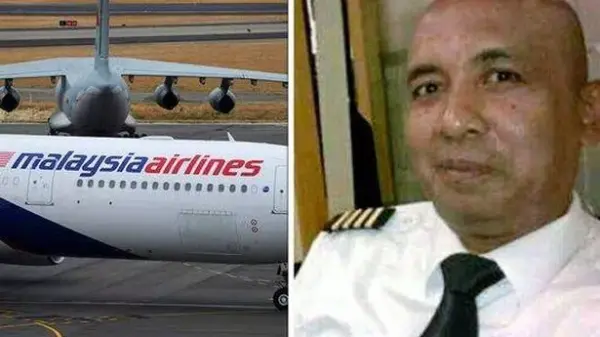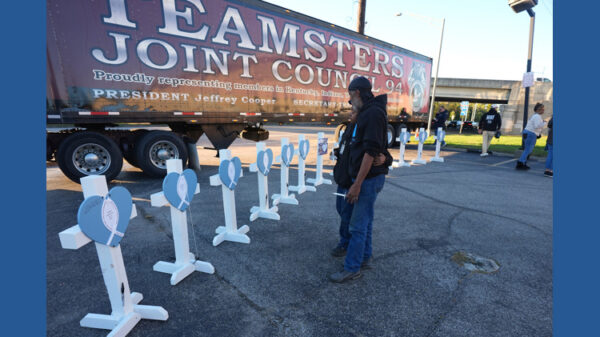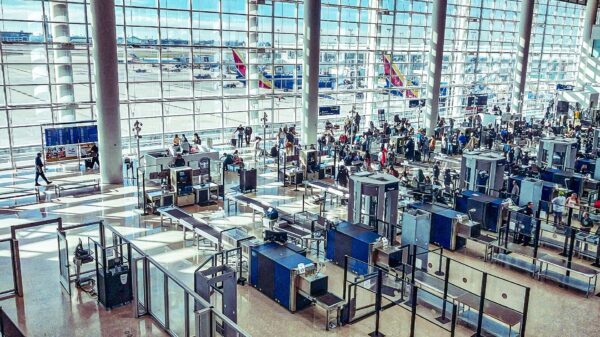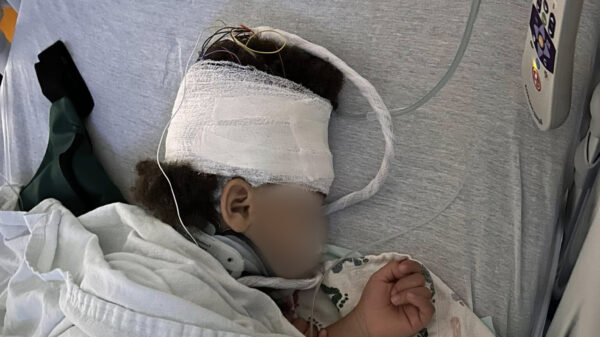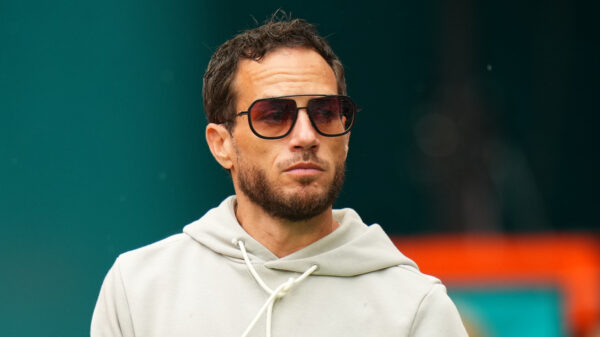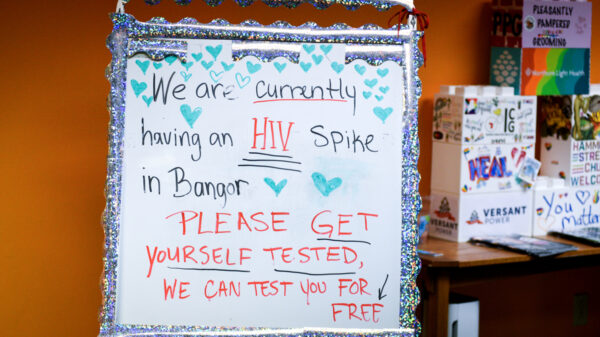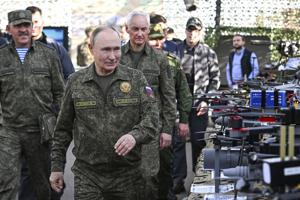Intrusions into NATO’s airspace attributed to Russia have surged this month, leading to heightened concerns about the Kremlin’s intentions. These incidents, notably involving drones over Poland, suggest a potential strategy by Russia to test NATO’s responses or to shift focus away from the ongoing conflict in Ukraine. Historically, Russia has violated the airspace of its NATO neighbors, often denying these incursions or labeling them as accidental. However, since its full-scale invasion of Ukraine in February 2022, these actions have taken on new significance.
On September 10, 2023, approximately 20 Russian drones reportedly crossed into Polish territory, prompting NATO to scramble jet fighters to intercept them. This marked the first direct military engagement between NATO and Russia since the invasion of Ukraine began. Although Russia denied targeting Poland, claiming that the drones’ signals were jammed by Ukraine, European leaders interpreted this event as a deliberate act of provocation.
Recent Incursions Raise Alarms
In addition to the drone incident in Poland, Estonia reported a violation of its airspace by Russian fighter jets last week, which lingered for 12 minutes. The country’s Foreign Minister characterized this as “unprecedently brazen,” while Russia dismissed the claim. Latvia and Romania also noted incursions involving individual Russian drones within their airspace this month. As Russia makes incremental gains in Ukraine and positions itself for potential negotiations, these provocations raise critical questions about its motivations and the risks of escalating military conflict with NATO.
Experts suggest that these recent incursions might serve multiple purposes for Russia. Before its invasion of Ukraine, the Kremlin sought guarantees from NATO to halt the alliance’s expansion and military presence near its borders. Following NATO’s rejection of these demands, President Vladimir Putin has issued warnings regarding NATO deployments in Ukraine, threatening consequences if Western-supplied weapons are used to strike deep into Russian territory.
Some analysts propose that Russia’s actions could be interpreted as a method to gauge NATO’s resolve and to exploit any hesitancy among member states. Estonian Defense Minister Hanno Pevkur articulated this perspective, suggesting that Russia’s goal is to divert NATO’s resources from supporting Ukraine to bolstering its own defense capabilities.
Mark Galeotti, a noted expert on Russian politics, described the incursions as a form of “coercive signaling.” He argued that Russia aims to discourage NATO members from offering substantial security guarantees to Ukraine, specifically the possible deployment of troops as part of any peace agreement. Galeotti remarked that Russia is signaling its willingness to escalate tensions, stating, “This is Moscow trying to say, ‘Just look how dangerous things already are and how dangerous they could get.’”
NATO’s Response and Implications for Security
In response to the drone incident over Poland, NATO activated a mechanism allowing any member to convene a full alliance meeting if its security is threatened. Subsequently, NATO initiated operations to enhance air defenses along its eastern borders. Following the incursion into Estonian airspace, NATO reiterated its commitment to defend against further violations, with Polish Prime Minister Donald Tusk asserting that Poland would take decisive action against any intrusions.
While NATO has expressed a unified front, there is uncertainty regarding the extent of its military response. NATO Secretary-General Mark Rutte indicated that decisions related to engaging intruding aircraft would depend on the intelligence available. In a more robust stance, U.S. President Donald Trump initially described the drone incursions as potentially a mistake but later affirmed that NATO should shoot down intruding Russian aircraft if necessary.
The evolving situation highlights the delicate balance NATO must maintain in addressing these provocations while considering the broader implications for European security. With Russia testing the limits of NATO’s resolve, the alliance faces strategic dilemmas that could shape its future engagements.
As tensions continue to mount, the actions taken by both NATO and Russia will likely influence the trajectory of security dynamics in Europe and the ongoing conflict in Ukraine. The international community remains watchful as these developments unfold, underscoring the need for vigilance in maintaining regional stability.




